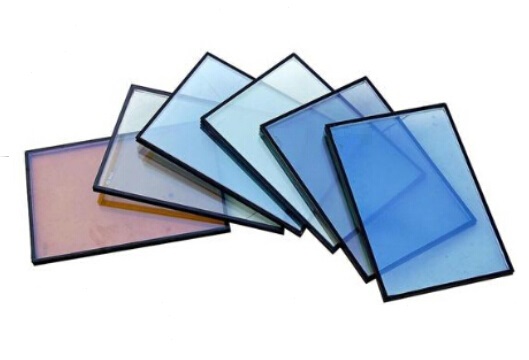Energy-saving and environment-friendly curtain wall glass will become the future market trend
The application of building curtain wall in China began in 1984. After nearly 20 years of development, the annual output and ownership of building curtain wall in China has ranked first in the world so far. But in recent years, with the intensification of competition, market saturation, price decline and profit reduction, all people engaged in curtain wall industry are thinking: what kind of curtain wall does the market need? The author believes that energy-saving and environment-friendly curtain wall products will be the darling of the future market.
The frequent occurrence of energy crisis and the deterioration of living environment have made people deeply realize the importance of saving energy and protecting the environment. According to the requirements of China's building energy-saving and environmental protection policy, before 2000, the energy consumption of newly designed heating residential buildings should be reduced by 50% on the basis of 1980 and 1981; from 2005, new heating residential buildings should save 30% more energy on this basis; on this basis, in 2010, 30% more energy is saved. According to this requirement of the state, the market prospect of energy-saving and environmental protection curtain wall products is broad.
At present, some energy-saving and environmental protection measures are adopted in the design and application of curtain wall.
(1) Hollow glass, especially LOW-E hollow glass technology
Ordinary white glass 6mm, K value is about 5w/k; 5+6+5 ordinary hollow glass, K value is about 2.6-3.5w/k; if LOW-E hollow glass is used and filled with argon, K value can reach 1.6-1.8w/k. LOW-E hollow glass has obvious energy-saving and environmental protection effect, which can effectively prevent the thermal radiation leakage of indoor heating in winter and prevent the thermal radiation from entering the indoor in summer. At present, the annual average consumption of low-E glass in the world has reached 120 million m3.
(2) Technology of "Insulating and Breaking Bridge"
At present, China has introduced two kinds of production technology and a set of special equipment, i.e., plastic injection method hot-breaking aluminium profile and strip method hot-breaking aluminium profile. In Shenzhen, Nanhai, Foshan, Xi'an, Qinhuangdao, Beijing and other places, hundreds of heat-breaking aluminium profiles production lines have been built, with annual production capacity of 1 million tons. In terms of market demand, the market share of insulated aluminium doors and windows has been rising in the past two years. According to statistics, as far as the current commercial housing projects in Beijing are concerned, the actual installation utilization rate of insulated aluminium doors and windows has approached 46%, while in the housing construction projects within Beijing's Fifth Ring Road, this figure has exceeded 70%.
(3) Double-layer energy-saving curtain wall
The double-layer energy-saving glass curtain wall is mainly divided into internal and external circulation systems, which have common points and differences. The common characteristics are that the greenhouse effect is formed between the double-layer glass, and the overheated air in the greenhouse is excluded from the outdoor in summer, and the solar thermal energy is hung into the indoor in winter, so that a large amount of energy is generated in winter and summer. In summer, shade curtain is necessary to prevent ultraviolet radiation and intense heat radiation. Internal and external circulation systems are necessary.

